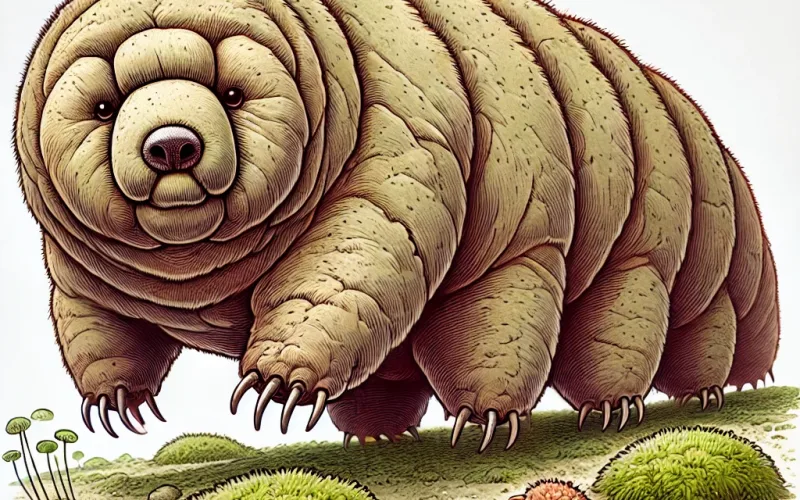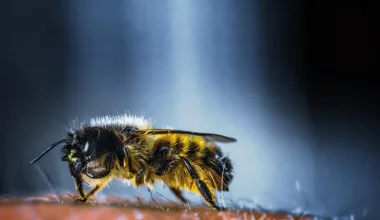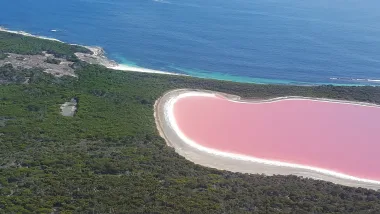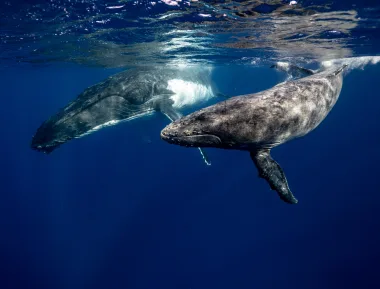Last Updated on July 1, 2024 by Ecologica Life
Tardigrades, sometimes called water bears or moss piglets, are microscopic creatures known for their extraordinary resilience. These tiny organisms can survive extreme conditions that would be fatal to most other forms of life as we know it.
This article explores the incredible world of tardigrades and delves into the intriguing Sleeping Beauty hypothesis.
Table of Contents
What Is a Tardigrade?
Tardigrades are micro-animals, typically measuring between 0.3 and 0.5 millimetres in length. They were first discovered by German zoologist Johann August Ephraim Goeze in 1773, they were later named “Tardigrada” by Italian biologist Lazzaro Spallanzani, which means “slow stepper”.
Tardigrades are found in various environments, from deep oceans and high mountains to tropical rainforests and the Arctic tundra.
Extraordinary Resilience
Tardigrades are renowned for their ability to endure extreme conditions. They can survive:
- Extreme Temperatures: From -272ºC (-458ºF) to 150ºC (302ºF).
- High Radiation: Up to 1000 times more radiation than humans.
- Dehydration: They can lose almost all the water in their bodies and still survive.
- Vacuum of Space: Tardigrades have been shown to survive in the vacuum of outer space, as demonstrated by the European Space Agency’s TARDIS mission (Tardigrades in space).
The Sleeping Beauty Hypothesis
In a fairy tale by the Grimm brothers, a princess falls into a deep sleep. When a prince kisses her 100 years later, she wakes up looking as young and beautiful as before. It is the same with tardigrades in a dried state. Hence this is also called the “Sleeping Beauty” hypothesis or model.
The Sleeping Beauty hypothesis is a concept used to explain the remarkable survival strategy of tardigrades, particularly their ability to enter a state of cryptobiosis.
Cryptobiosis is a reversible state of suspended animation that allows tardigrades to withstand extreme environmental conditions. In this state, their metabolic processes come to a near standstill, and they lose almost all of their body water, curling up into a tun (a desiccated, barrel-shaped form).
1. Entering Cryptobiosis
When faced with adverse conditions such as desiccation, freezing, or lack of oxygen, tardigrades initiate a complex physiological process to enter cryptobiosis. They produce special proteins, such as trehalose, which protect their cellular structures and DNA. This process effectively puts their biological functions on pause, much like the fairy tale character Sleeping Beauty, who falls into a deep, protective slumber until conditions are favourable again.
2. Surviving the Harshest Conditions
In the cryptobiotic state, tardigrades can survive for years, and possibly even decades, without food or water. Their ability to repair DNA damage caused by extreme conditions is another key aspect of their resilience. When conditions improve, tardigrades rehydrate and resume normal metabolic activity, essentially “waking up” from their dormant state.
3. Scientific Implications
The Sleeping Beauty hypothesis has implications for various fields of research, including astrobiology, cryobiology, and the study of extremophiles. Understanding how tardigrades achieve cryptobiosis can provide insights into the potential for life to exist in extreme conditions, such as on other planets or moons. It also has practical applications in biotechnology, such as improving the preservation of biological samples and developing new stress-resistant crops.
Future Research and Applications
Research into tardigrades and the Sleeping Beauty hypothesis is ongoing, with scientists exploring the genetic and molecular mechanisms underlying cryptobiosis. Advances in this area could lead to breakthroughs in medical science, such as new ways of preserving organs for transplantation or innovative treatments for radiation damage.
Additionally, the study of tardigrades may offer clues about the origins of life and the possibility of life beyond Earth. By understanding how these microscopic marvels survive in extreme conditions, we can expand our knowledge of the limits of life and the potential for habitability in the universe.
Conclusion
Tardigrades, with their extraordinary resilience and ability to enter a cryptobiotic state, exemplify the wonders of nature’s adaptability.
The Sleeping Beauty hypothesis offers a fascinating framework for understanding how these tiny creatures survive some of the harshest conditions imaginable. Continued research into tardigrades and their survival mechanisms promises to unlock new scientific discoveries and potential applications that could benefit humanity in many ways.








